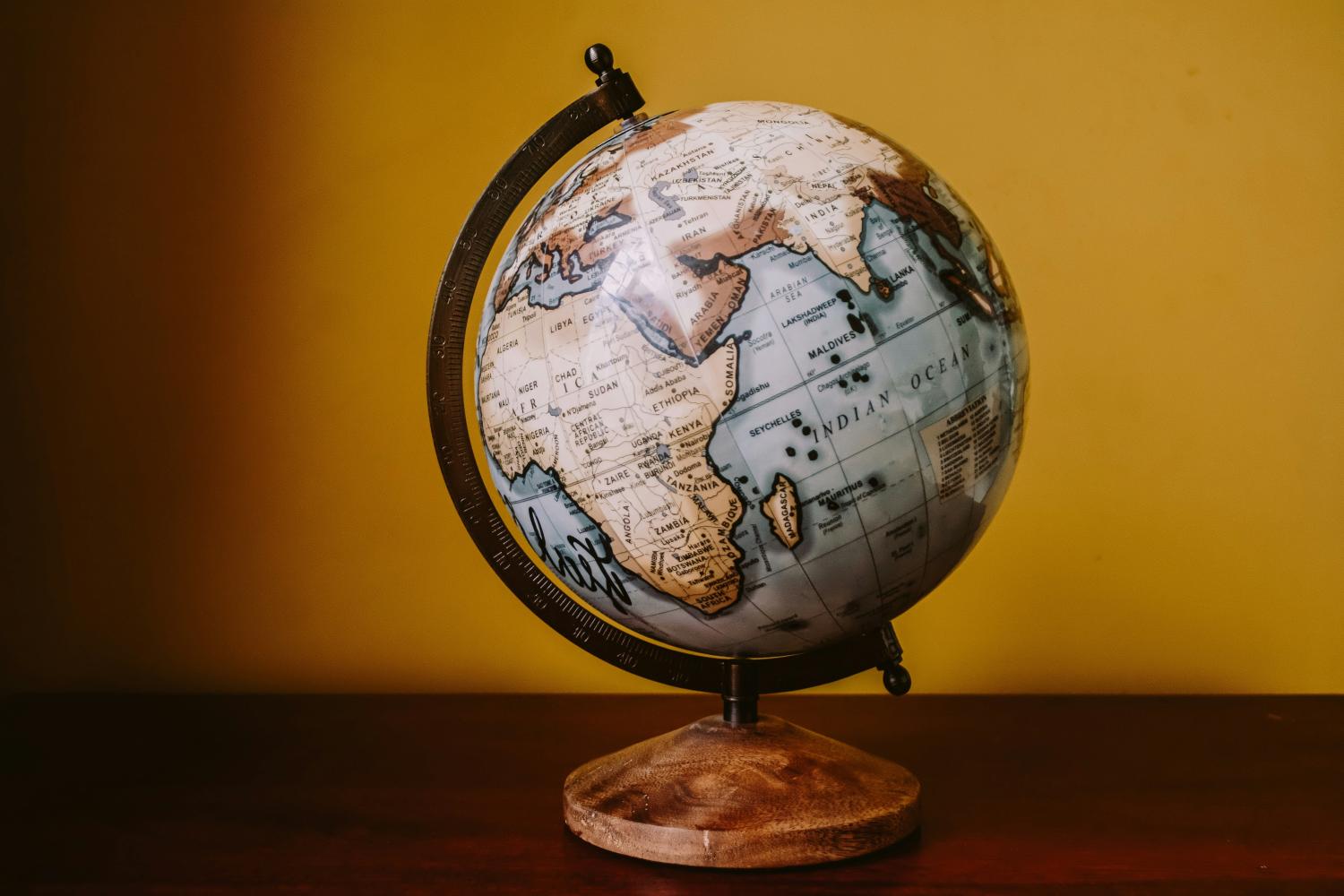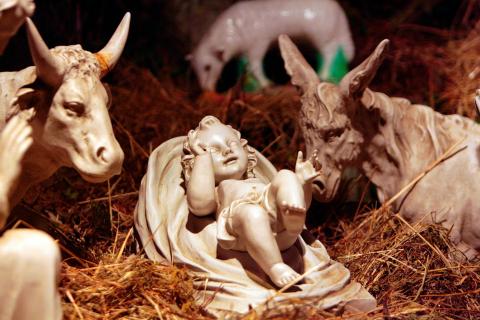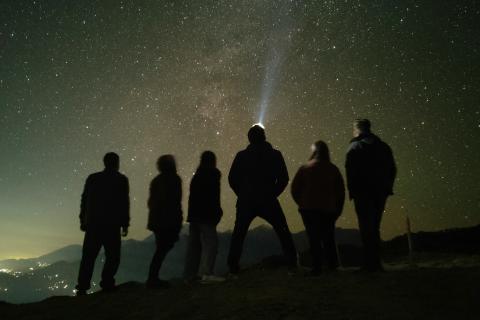
A few days ago, The New York Times published a piece on the growth of Catholic seminaries in Indonesia. Once mission territory, the piece’s snappy title emphasizes how significant the shift has been to the wider Church: “Once, Catholic Priests Came to Indonesia. Now, It Exports Them.”
It’s a shift worth noticing in its own right. Our gaze tends to be acutely nation-centered, pinning the future of institutions like the Church on American or European expressions of Catholicism. But the truth is that the Church – as well as its growth – transcends those kinds of divisions. It’s taking root with remarkable strength and authority in a lot of territories beyond the West (as many of us know), so much so that its majority is comprised more and more of demographics that go well beyond what we tend to imagine make up the “typical” Catholic (the white, European or American person).
But that kind of global growth – and the fact that the Church can, and does, transplant its priests all over the world – also points to its reality as the one genuinely multicultural kingdom in the world. It is truly one organism, and despite all the different cultures people may be coming from, a priest from one place can genuinely move into and serve the people of another. This is indeed one of the beautiful mysteries of the Church – its capacity to honor every culture in its service to it, but also to maintain its own identity, its own reality as a kingdom of its own accord. It’s one of the reasons the Church has been able to move into cultures with a kind of fluidity and grace over all of its long centuries, at some periods sending priests from Ireland to Germany or from Spain to India or, now, from Indonesia to America.
Of course, the Church can function as multicultural because it is, ultimately, a kingdom that’s not of this world. Its universality derives from its sacramental reality as a sign of the end and Person all humanity is headed toward. This is one of its great glories, an indication of its authenticity, and a mystery which might prompt us to cling to it all the more.
"The humanities are dying. Their collapse is immanent!" So say modern commentators, and so said Petrarch (more or less) seven centuries ago.
Roughly eight centuries ago, Pope Innocent III decreed that all Italian churches install apparatuses to receive endangered infants. Such safe havens for infants continue to save lives today.
It seems that the age of AI is only just beginning, and already its ability to produce artistic images (among other things) has reached impressive levels. Should AI be entrusted with the creation of sacred art - no matter how visually appealing?


